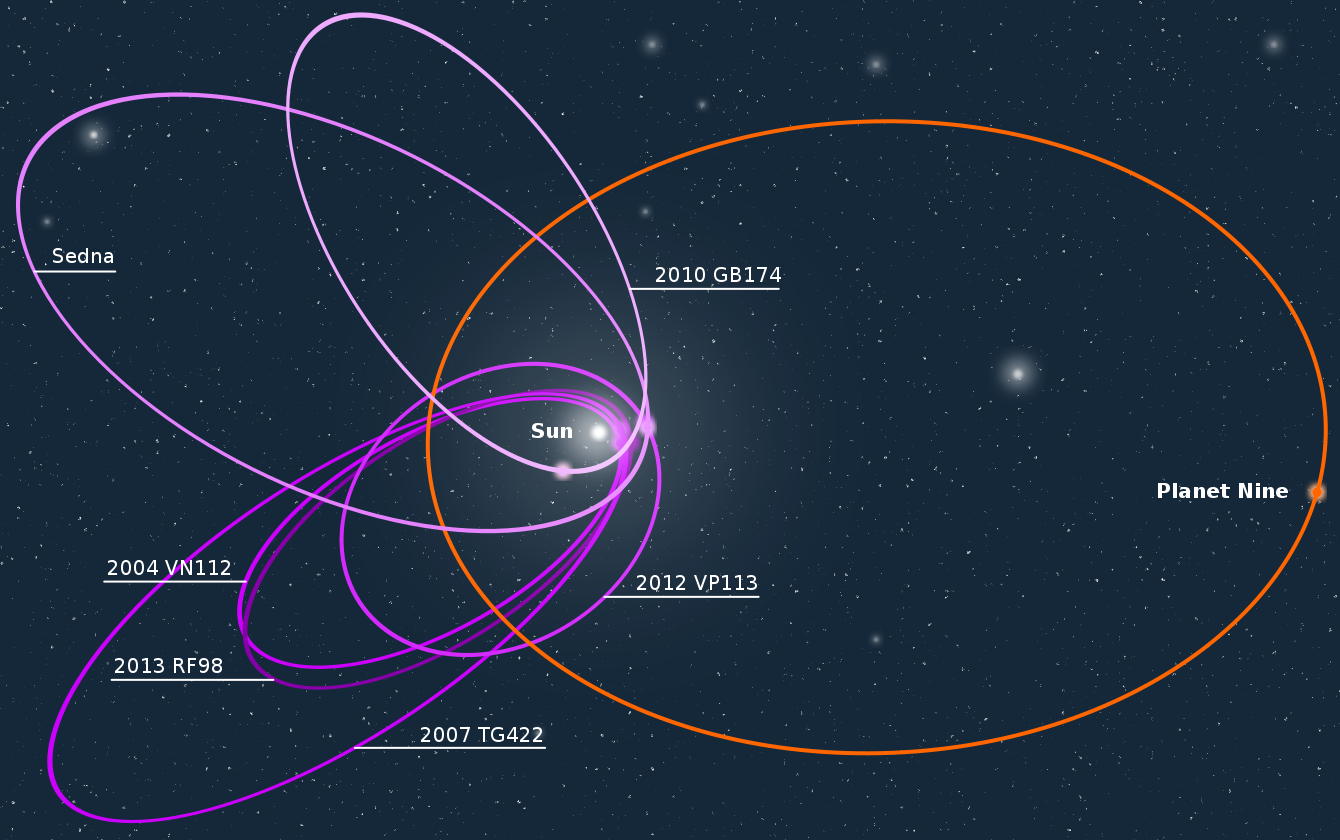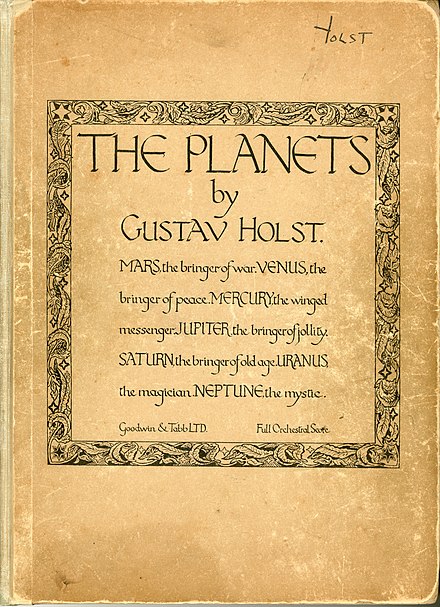The super cool story of a discovery of an exoplanet!

It’s so cool that an exoplanet look like this!
There has been an incredibly interesting and exciting discovery made recently! The James Webb telescope has discovered and photographed an exoplanet and collected data to validate its existence as an exoplanet. An exoplanet is an astronomical object that classifies as a planet but orbits a star other than our lovely Sun! This discovery and validation is not only interesting for the fact that it exists outside our solar system, it is incredibly similar to our own Earth in size. The Webb found that this exoplanet, professionally labelled as LHS 475 b, is 99% the size of Earth in diameter, and it is a rocky world much like our own. Very unlike our Earth, however, this exoplanet has an orbital period of 2 days around its star! The Webb distanced this exoplanet at about 41 million light years away, so it is very cool that such a similarly sized planet is so close!
Unfortunately for followers of the question of if there is another livable planet out there, this one is not looking too habitable. It has not been ruled out, but its atmosphere seems to be very methane-based like Saturn’s moon Titan!
I certainly did not know all this! I was taught a lot of this by NASA!









